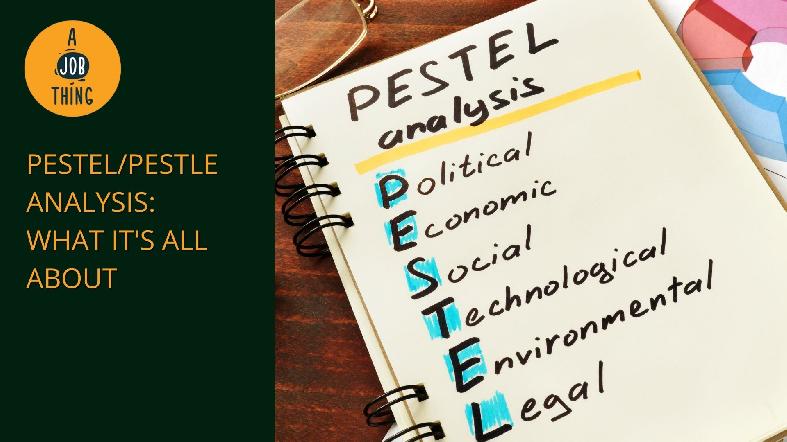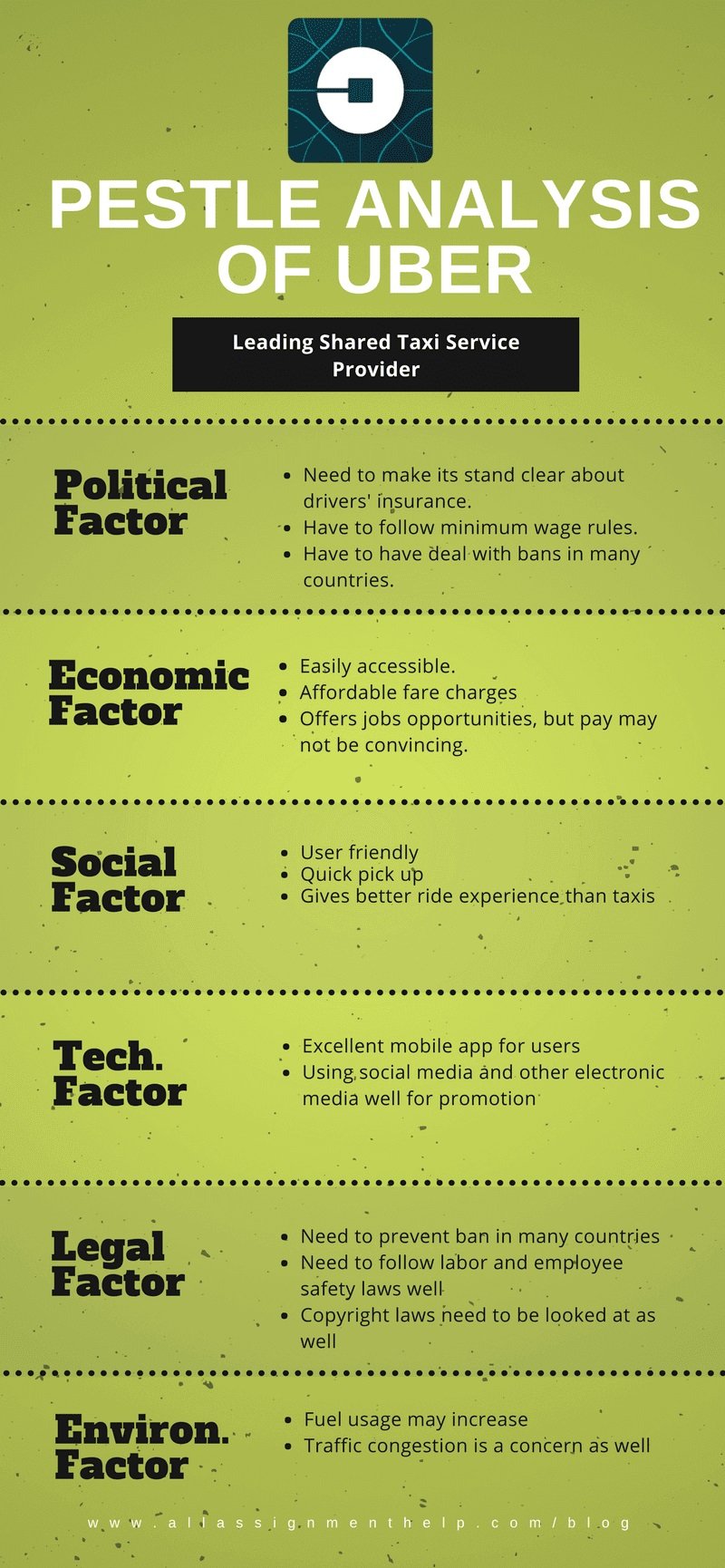
PESTLE (or PESTEL) Analysis: What It’s All About
Are You Hiring?
Find candidates in 72 Hours with 5+ million talents in Maukerja Malaysia & Ricebowl using Job Ads.
Hire NowA PESTLE analysis is a framework for analysing the key factors influencing an organisation from the outside (Political, Economic, Sociological, Technological, Legal, and Environmental). It provides people managers with information about the external factors that affect their company. Because the analysis is adaptable, businesses can apply it to various scenarios. HR professionals and senior executives can also use the findings to make strategic decisions.
An audit of six external influences on a company is known as a PESTLE analysis.
-
Political: Taxation; environmental regulations; trade restrictions and reform; tariffs; political stability
-
Economic: Economic growth and decline; interest, exchange, inflation, and wage rates; minimum wage; working hours; local and national unemployment; credit availability; cost of living
-
Sociological: Cultural norms and expectations; health awareness; population growth rates; age distribution; work attitudes; health and safety
-
Technological: New technologies regularly emerge (for example, in the fields of robotics and artificial intelligence), and the rate of change is accelerating. What impact will this have on the company's products or services?
-
Legal: Changes in the law affecting employment, materials access, quotas, resources, imports/exports, and taxation.
-
Environmental: Global warming and the growing need to transition to sustainable resources; ethical sourcing (both locally and nationally), as well as supply chain intelligence. Pandemics and other disasters
By analysing those factors, companies can gain insight into the external influences that may impact their strategy and business decisions. It enables HR and senior management to assess any risks unique to their industry and organisation and use that information to make decisions.
Thinking through and planning the process should be the first step in performing a PESTLE analysis. This entails taking the following steps:
-
Determine the research's scope. It should address current and potential future scenarios, as well as the geographic areas in which the company operates.
-
Decide who will collect the data and how it will be done. When more than one person collects data, the content is usually richer.
-
Determine the best sources of information. Stakeholders looking for professionals to address specific issues or current policies that need to be updated could be among them.
-
Collect the data – using a template as a starting point for recording the data is a good idea. Please see the template below for a practical, ready-to-use example.
-
Analyse the information you've gathered.
-
Determine which factors above are the most important or likely to cause problems.
-
Identify the business-specific options for addressing the issues.
-
Prepare a discussion document for all parties involved.
-
Inform the findings to the stakeholders and decision-makers.
-
Determine what actions should be taken and which trends should be monitored regularly.
To be effective, one must perform a PESTLE analysis on a regular or ongoing basis. Organisations that conduct such analyses on a regular and systematic basis often spot trends before others, giving them a competitive advantage.
What is PESTLE analysis used for?
A PESTLE analysis is frequently used as a large-scale fact-finding exercise. It aids an organisation in identifying external factors that may have an impact on internal decisions.
An organisation cannot influence these factors on its own, and an organisation's profitability cannot influence these factors. It is possible to maximise opportunities and minimise threats to the organisation by understanding these external factors. Conducting a strategic analysis entails scanning the external environment for broad, long-term trends and understanding them.
In various business planning situations, a PESTLE analysis is an appropriate framework and activity to use. These can include:
Strategic business planning
A PESTLE analysis report is a valuable document to have on hand when beginning a business planning process. It provides context information to the senior management team about the business's direction, brand positioning, growth targets, and risks (such as another pandemic) that could result in a drop in productivity. It can also aid in determining the viability of existing products and services, as well as the development of new ones.
Planning for the workforce
Workforce planning is a business process for coordinating business and human resource strategies. PESTLE analysis can aid in identifying business model disruptions that could have a significant impact on the future employment landscape. Increased skill gaps, the creation of job roles that did not exist ten years ago, and job reductions or displacement are all causing major changes in the workforce. This rate of change is only going to accelerate.
Marketing strategy
A PESTLE analysis, like business planning, provides an important element of 'climate' in the situation analysis phase of the marketing planning process. It can assist in prioritising business activities to meet specific marketing goals within a set timeframe.
Development of product
PESTLE analysis can help your organisation decide whether to enter or leave a market, whether your product or service still fills a need in the marketplace, and when to launch a new product by providing insights into what's going on outside your company.
Organisational changes
PESTLE analysis can be a useful tool for determining the context for change and the areas that should be prioritised for success. PESTLE is most useful in this situation when combined with a SWOT analysis to provide information on potential opportunities and threats related to labour changes, such as skills shortages and current workforce capabilities.
Projects, reports, and people strategies
PESTLE analysis can also be utilised as a framework for speculating on what might or might not happen in the future outside of the organisation. When aligning people strategies to the broader organisation strategy, it can ensure that basic factors are not overlooked or ignored. It can also assist in determining what other evidence-based research should be investigated.

An example of PESTLE analysis on Uber. Source: AllAssignmentHelp.com
The pros and cons of PESTLE analysis
Advantages:
-
It's a straightforward framework.
-
It aids in the comprehension of the larger business environment.
-
It promotes the development of strategic and external thinking.
-
It can help a company foresee future business threats and take steps to avoid or mitigate their effects.
-
It can help a company identify and fully exploit business opportunities.
Disadvantages:
-
Some PESTLE analysis users oversimplify the amount of data used to make decisions – it's all too easy to make decisions based on insufficient information.
-
The risk of capturing too much data will result in 'analysis paralysis.'
-
The information used could be based on assumptions that later turn out to be false.
-
The rapid pace of change makes it increasingly difficult to predict future developments that may affect a company.
-
One must repeat the process regularly to be effective.
Source: CIPD

